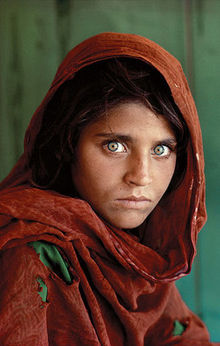The Soviet-Afghan War was a complex war with multiple conflicts happening...
Image credits: All from Wikimedia Commons. The last is the famous "Afghan Girl" Time Magazine cover photo from 1984


Keep Current with Afghan Historians
This Thread may be Removed Anytime!
Twitter may remove this content at anytime, convert it as a PDF, save and print for later use!

1) Follow Thread Reader App on Twitter so you can easily mention us!
2) Go to a Twitter thread (series of Tweets by the same owner) and mention us with a keyword "unroll"
@threadreaderapp unroll
You can practice here first or read more on our help page!